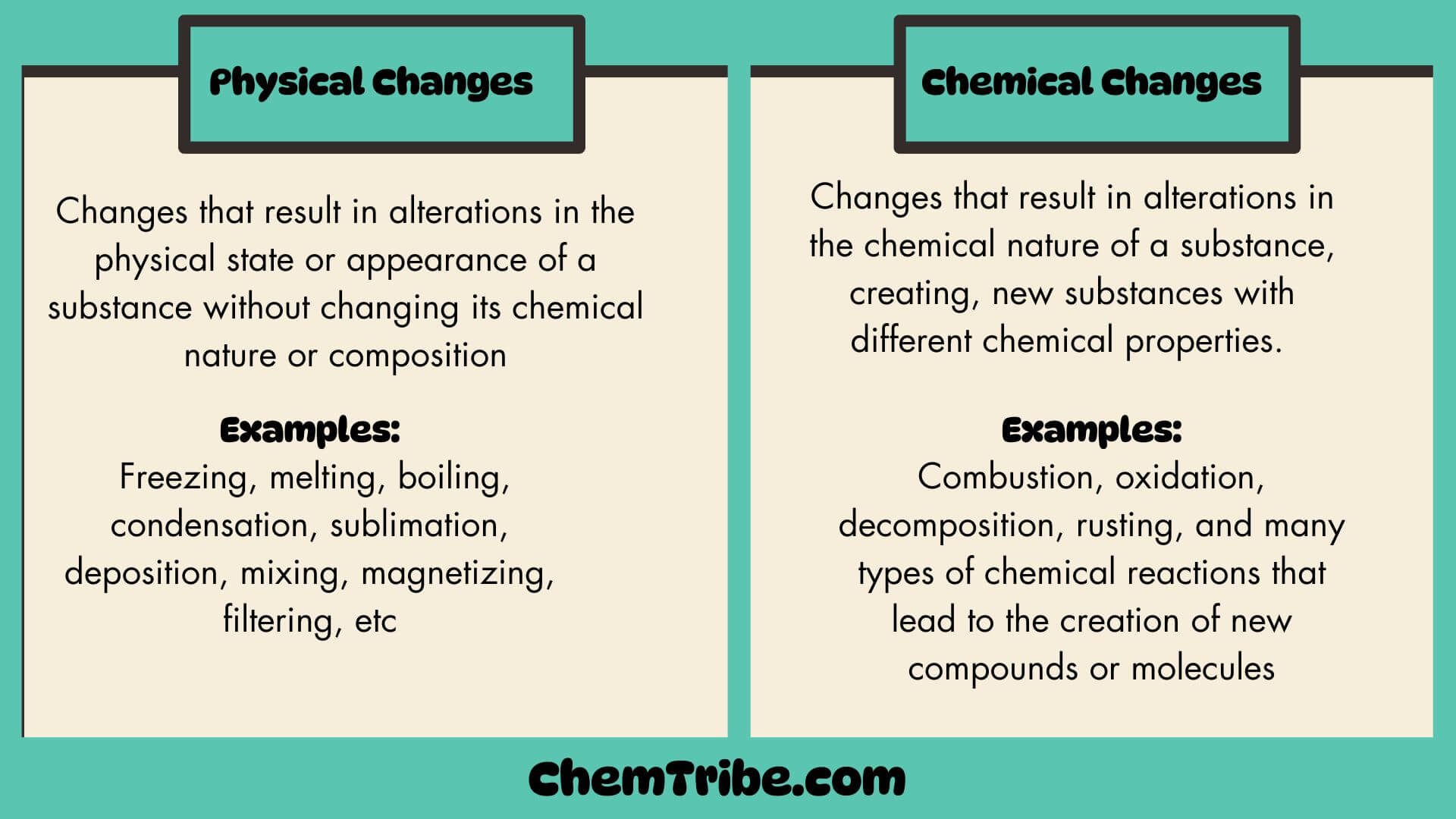Introduction to Acids and Bases
Acids and bases are everywhere. When you squeeze a lemon to make lemonade, the juice is an acid. If your TV remote operates on battery power, the batteries contain acids. Acids flow through our bodies, aiding in food digestion and even facilitating muscle building. And what about bases? Well, if you washed your hands today, … Read more
